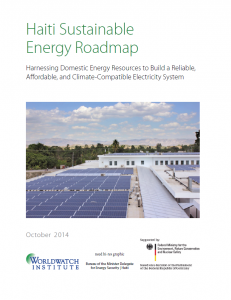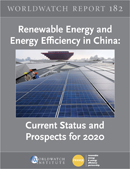Concept idea by SD Strategies (Alexander Ochs, Ieva Indriunaite) and the Ministry of Energy (Fiona Bello Smith), Chile, for the NDC Support Cluster of the German Ministry of the Environment
Introduction: The approach proposes that long-term climate-compatible sectoral strategies and action plans should be designed and implemented to achieve mitigation and adaptation goals in line with both the objectives of the United Nations Framework Convention on Climate Change and the Paris Agreement as well as the Sustainable Development Goals (SDGs) and the Agenda 2030. Beyond their immediate impact in the short- and mid-term, these climate-compatible sectoral policy instruments can serve as a vehicle for increasing climate ambition over time. While the NDC provides a broader goal and sectoral or economy wide activities, the design of specific policies and measures, including programmes and individual projects, is required to put the high-level commitments into practice. (…)
Conclusion/next steps: The development of a long-term climate-compatible energy sector plan can deliver wide-ranging benefits to support NDC implementation. It can mobilise the broader society behind climate action, providing a strong mandate for the government to maintain a coherent climate-compatible approach in its short-term policy planning and laying the ground work for increased climate ambition over time. To close the ambition raising policy formulation cycle, the key next step is to move beyond the field of energy. Other sectors should take over the baton, building on the momentum created to develop their own long-term NDC-compatible strategies through participatory policy making. The forthcoming NDC review process can act as a new window of opportunity in taking the approach to other sectors. The goal is to support the emergence of new “champion” sectors – next to or even in parallel to the early pioneers. With a bar set high, where several sectors compete, the planet wins.
Please find the full paper here: [NDC Cluster]













